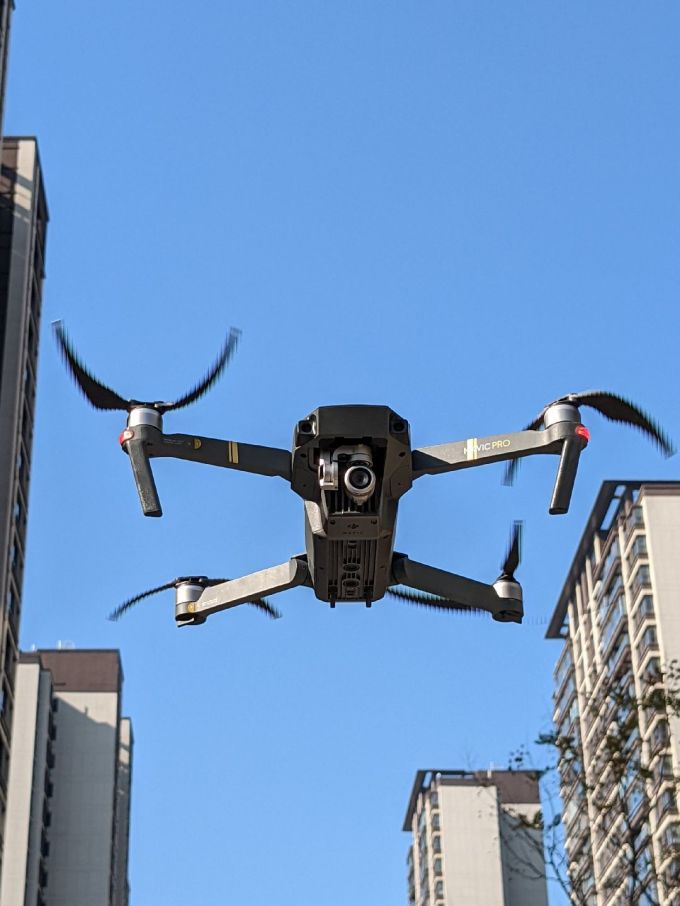In recent years, the application of drone swarm technology in agriculture has seen a significant rise, offering novel solutions to traditional farming challenges. A drone swarm consists of multiple drones working collaboratively, providing farmers with enhanced capabilities in managing crops more efficiently. This innovative approach leverages the collective abilities of drones, bringing forth a transformative wave in modern agricultural technology.
One of the remarkable benefits of using drone swarm technology in crop management is the ability to cover large areas within a short period. Unlike individual drones, a drone swarm can collect data and perform tasks on a scale that was once impractical. By employing multiple drones, farmers can monitor their fields in real-time, gaining insights into various factors like weather conditions, plant health, and pest infestation.
Precision Agriculture
Precision agriculture is enhanced by the use of drone swarms. These drones are equipped with advanced sensors and cameras, capturing high-resolution images. Through this imagery, farmers can analyze and identify specific areas requiring attention, such as sections of a field that need additional watering or fertilizer. The precision offered by drone swarm technology optimizes resource use, resulting in increased crop yield and reduced waste.
Efficiency and Cost Reduction
By automating regular tasks such as planting, watering, and pest control, drone swarms significantly reduce labor costs. The efficiency of these unmanned aerial vehicles (UAVs) allows for around-the-clock operations, something that is impractical with human labor. As a result, drone swarms save money while also providing farmers with the ability to respond swiftly to crop threats, thereby minimizing potential losses.
Drones are changing the game, and swarm technology takes it to the next level.
Furthermore, drone swarm technology enhances sustainability practices in agriculture. By precisely applying resources only where they are needed, it helps in conserving water, minimizing chemical runoff, and reducing carbon footprints, thereby promoting environmentally friendly farming practices.
Challenges and Considerations
Despite the numerous advantages, there are challenges that come with implementing drone swarm technology. Farmers need to consider the initial investment costs, which can be significant. Additionally, there is a learning curve involved in operating and maintaining the swarm system, although ongoing advancements are making the technology more user-friendly. Moreover, regulatory frameworks concerning drone deployment are another important consideration.
Future Prospects
The future of drone swarm technology in agriculture holds promising prospects. As technology advances, we can expect more sophisticated swarm systems capable of performing tasks autonomously with greater precision. The integration of AI and machine learning will likely enhance the capability of drones to make intelligent decisions, predicting crop patterns and potential issues before they materialize.
In the evolving landscape of agriculture, drone swarm technology is proving to be a game-changer, driving efficiency, sustainability, and precision. As it continues to develop, its role in global agriculture will undoubtedly expand, offering solutions to some of the most pressing agricultural challenges.
FAQs about Drone Swarm Technology in Agriculture

Q1: How do drone swarms help in reducing pesticide use?
A1: Drone swarms help in reducing pesticide use by targeting specific areas of a field that are infected, thus avoiding blanket pesticide application. This precise application ensures chemical use only where necessary, reducing overall usage.
Q2: Are there any limitations to where drone swarms can be used?
A2: Yes, certain areas with regulatory restrictions or physical obstacles like high mountains and tightly packed urban landscapes can pose challenges for drone swarm deployment.
Q3: Can drone swarms operate in bad weather conditions?
A3: While drone technology continues to advance, current drones typically have operational limitations in extreme weather, such as heavy rain or strong winds, which can affect their flight and data collection capabilities.